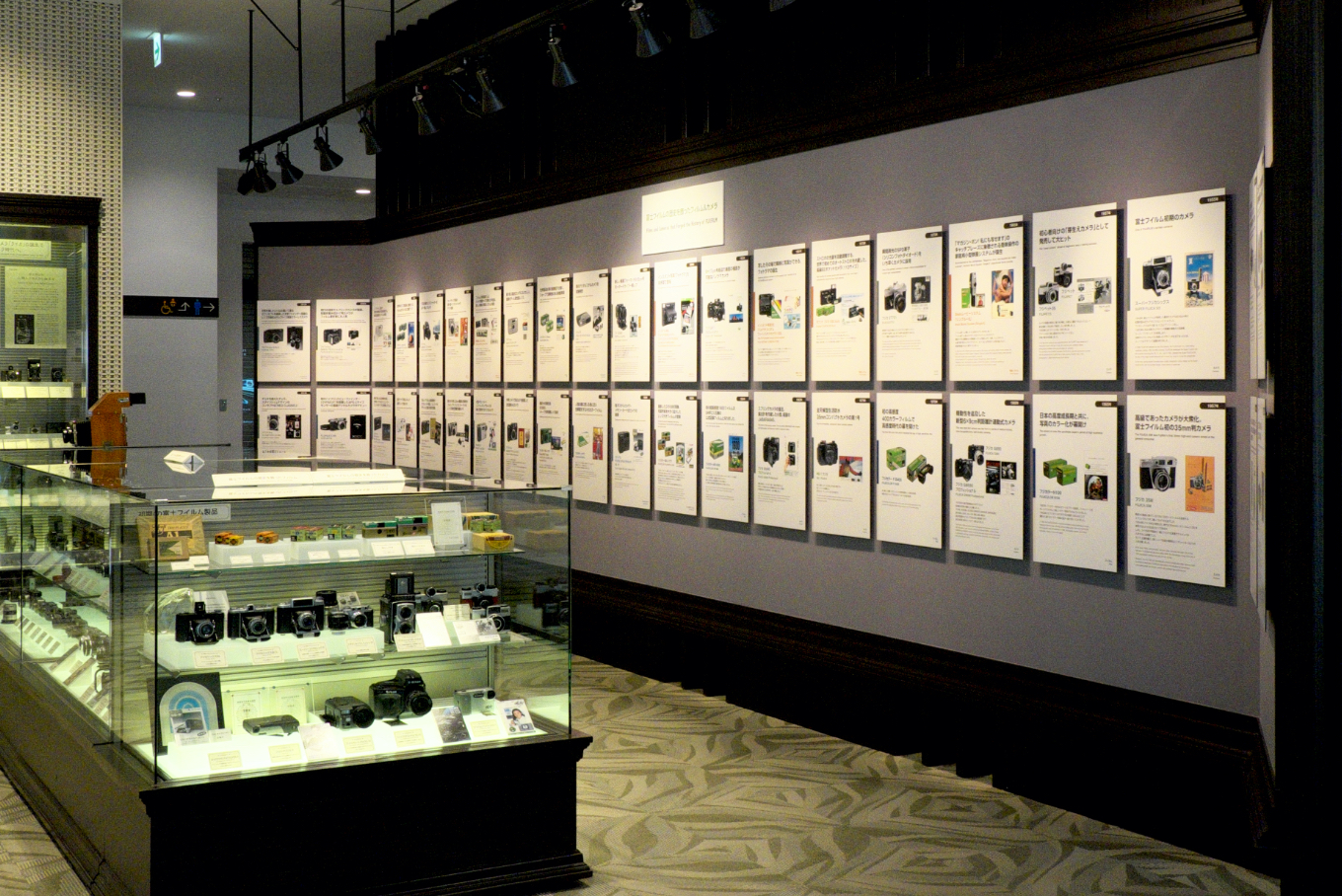About the exhibition
The FUJIFILM SQUARE Photo History Museum is pleased to present a selection of photographs based on Animal Locomotion, published in 1887 by the English-born Eadweard Muybridge, who worked as a photographer in the 19th century. The works on display are selected from the photo collection owned by FUJIFILM Corporation.
Approximately 150 years ago, Eadweard Muybridge (1830–1904) became the first person in the world to successfully capture sequence photographs of a running horse. As a pioneer of film, moving images, and animation, Muybridge is considered one of the foremost photographers in the history of the visual arts. In 1872, he started to experiment with taking photographs of a running horse at the request of industrialist Leland Stanford, the former governor of the state of California. In 1877, he successfully captured the instant when a galloping horse was off the ground with all four legs folded beneath its torso. In 1878, he also successfully captured a galloping horse in a photo sequence of 12 frames, which caused a sensation in Europe and North America. In 1879, he invented the zoopraxiscope, a device for projecting a sequence of photographs in succession. The zoopraxiscope is thought to have given Thomas Edison the idea that led to the invention of the Kinetoscope projector in 1889.
Muybridge's Animal Locomotion (1887) is a collection of photographs in the form of a portfolio of 11 volumes containing as many as 781 plates of sequence photographs recording animal and human motion in detail. A man obsessed, Muybridge poured his heart and soul into capturing sequence photographs, using the photographs to analyze movement of all kinds—including the different gaits of horses, the movements of animals such as dogs and camels, the flight of cockatoos and other birds, as well as human motion and everyday movements. To produce his timeless sequence photographs, Muybridge used the camera to freeze the motion and connect the individual instants. As the origin of moving images, the photographs are still used as a manual by animators worldwide.
For this exhibition, we have carefully selected 21 photogravure*1 plates from the 107 plates of sequence photographs in the Animal Locomotion portfolio in the collection at FUJIFILM Corporation. We will also display related and rare works from valuable books on photography in the collection. They include The Horse in Motion (1882), which contains photographs by Muybridge, and Le vol des oiseaux (The flight of birds, 1890) by French physiologist Étienne-Jules Marey (1830–1904), a contemporary of Muybridge and the inventor of the photographic gun.*2
Eadweard Muybridge revolutionized the visual arts through photography. We hope you will enjoy the historical works that became the origin of moving images.
Notes:
*1. Photogravure
Photogravure is a photographic printing technique. It was put into practice in the 1870s based on the principles developed by William Henry Fox Talbot, an English photography pioneer, in the 1850s. A photographic image is transferred onto a copper plate using the photoengraving process. The surface of the plate is corroded to a depth that corresponds to the shades in the photograph. Printing ink is applied to this intaglio plate, and the image is then transferred to paper by applying pressure. Similar to etching, it is a painstaking process with prints produced by hand and one at a time. In Japan, photogravure is also known as shashin hanga (photo prints). The technique is noted for obtaining a unique depth and dimension in the gradation of the images. A high-quality photogravure is treated as corresponding to the original photograph.
*2. Photographic gun
Invented by Marey in 1882, the photographic gun is shaped like a rifle and capable of sequence photography. The device is regarded as one of the prototypes of the cinema camera. It was possible to capture 12 images on a rotating circular photosensitive plate by releasing the shutter in succession when the camera was aimed at a moving subject.




![[Image]Animal Locomotion as the Origin of Moving Images Eadweard Muybridge: The Man Obsessed with Sequence Photography](/assets/img/photo_event_251001_05_mv.jpg)
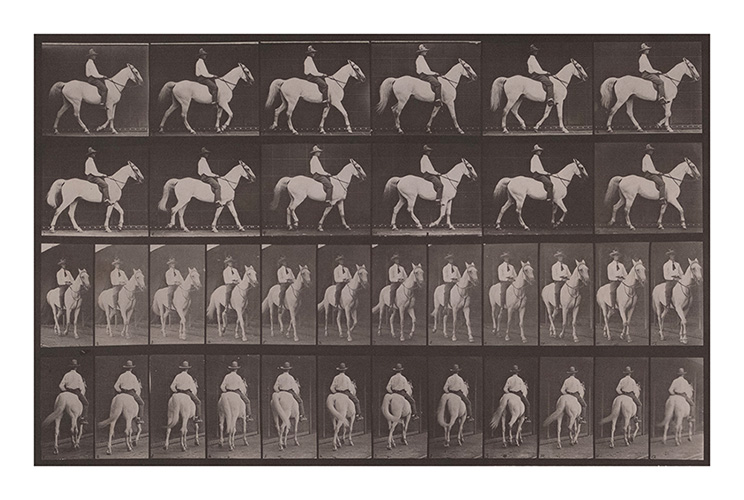
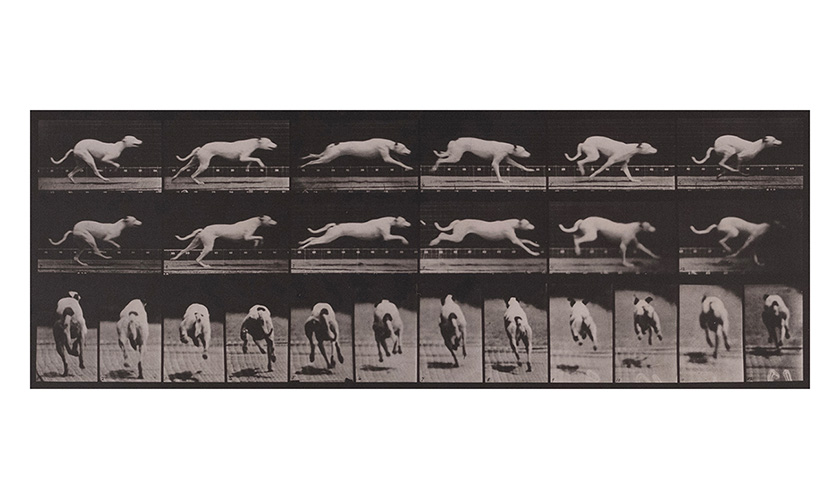
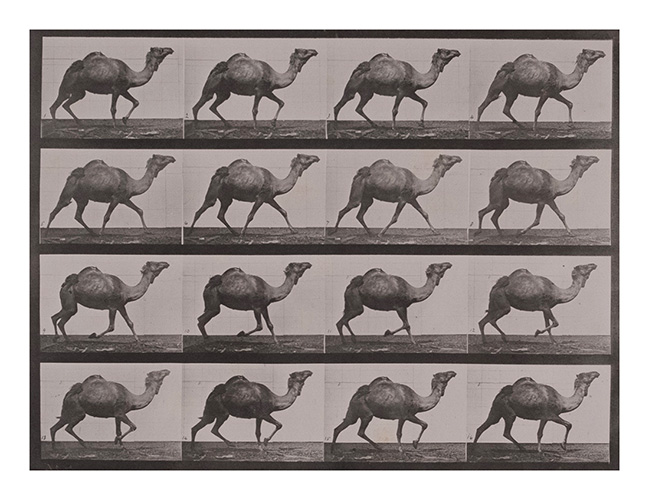

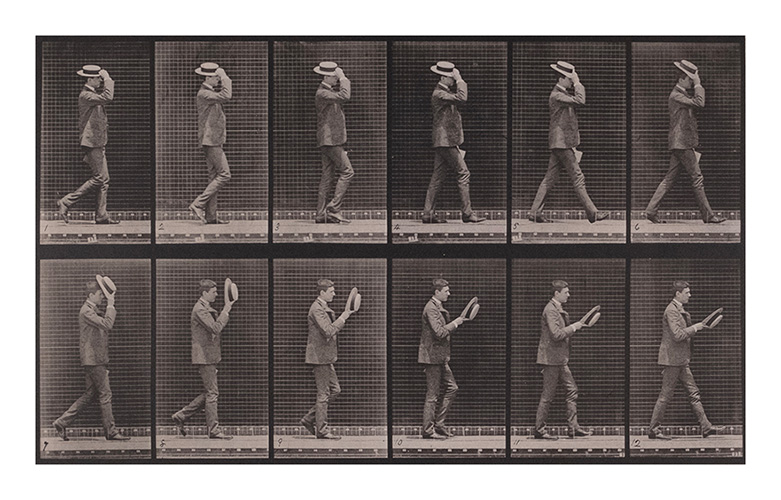
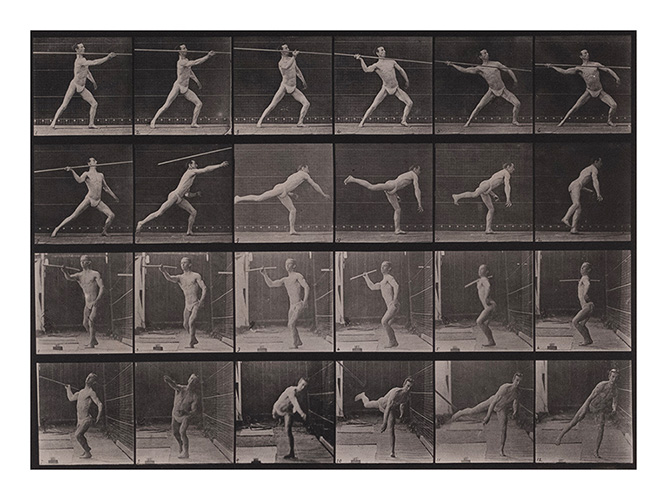
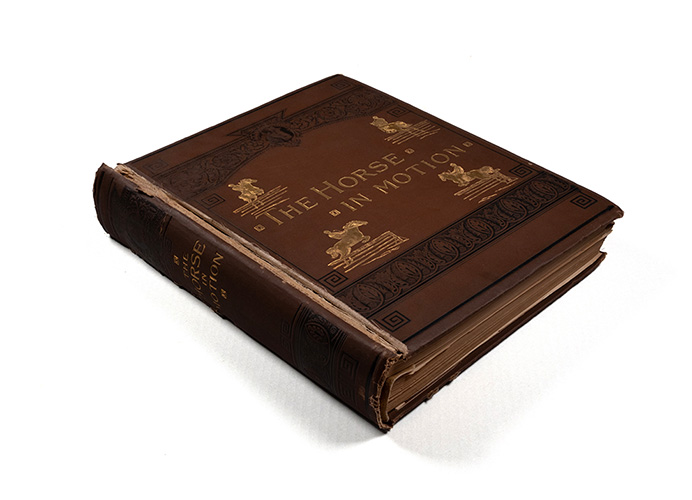
![[image]Hiroh Kikai Photo Exhibition: Persona – Tamasaburo Bando](/assets/img/photo_event_260105_05.jpg)
